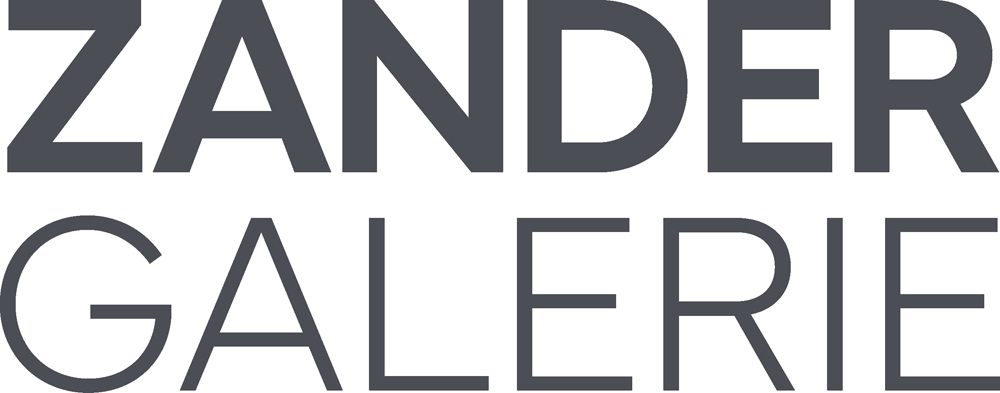FIAC 2019
Galerie Thomas Zander, founded in Cologne in 1996, is devoted to acting as primary gallery for artists working in expanded photography, who consider their practice in context with the larger concerns of contemporary art. In six to nine exhibitions per year, the gallery presents expanded photography as well as media and conceptual art of the 20th and 21st centuries. Co-operations are maintained with institutions, museums and partner galleries. In addition to the exhibitions, the gallery advises collections, curates exhibitions in collaboration with international institutions, and regularly publishes monographs and catalogues.
At FIAC 2019, Galerie Thomas Zander is showing a curated selection of works under the theme “Conversations”. The concept is inspired by a series of two-artist exhibitions and accompanying publications Galerie Thomas Zander is presenting throughout this year. “Conversations” is an investigation into questions of image and object, surface and depth, closeness and distance, presence and absence. The juxtaposition of the pairings invites a dialogue between the different artistic practices. The ostensibly disparate works, including painting, photographic work, drawing and sculpture, explore these tensions in many varied ways.
Günter Umberg defines painting as “painted colour”, reducing its means to the essential. The sheer presence of the colour pigments and the materiality of the support highlight the painting’s existence as an object in space. His work is set against James White’s black and white paintings of everyday objects such as a half empty glass or a running tap. He executes the reflecting surfaces intricately, invoking the tradition of the still life. They create a narrative space of suspense and ambiguity, challenging relations of time and space, directing viewers’ attention away from the surface.
The dialogue of Gerhard Richter’s monochrome painting and Michael Schmidt’s photographic diptych explores the diversity of the colour grey. Their engagement with grey as a colour proved to be an important constant in the evolution of their art. The grey works destabilise visual habits, redirecting them to the grey areas of doubt in perceivable knowledge, which in turn gives their oeuvres its overall coherence.
Sol LeWitt was pivotal in the creation of the conceptual art of the 1960's. He had no interest in narrative or descriptive imagery. Apart from his original works on paper, one of which is presented in the project, the work is executed by others to strict instructions. Lewis Baltz has been ground-breaking for conceptual photography with his minimalist aesthetic. His early Prototype Works recalls conceptual notions since each image is conceived as if it could be the first in a series.
The works of conceptual artist Peter Downsbrough consist of lines, letters, cuts, and the spaces in between. They relate to the architectural structures and question the linearity of space and language. For the project, a large black wall painting will be realised in situ, which communicates with a large-scale photograph of the Elbphilharmonie Hamburg by Candida Höfer. Her work, too, explores the inner structures of spaces and their cultural reverberations.
Joe Goode and Ed Ruscha have made seminal contributions to the art of the US-West Coast since the 1960s. Both artists explore the experience of seeing in a mass-mediated culture with its modern myths, questioning the authenticity of experience through the interplay of abstraction and representation. The works in the presentation incorporate aesthetic influences from photography and film into painting and mixed-media work.
The presentation includes further works by Peter Alexander, Donald Judd and Andy Warhol.
